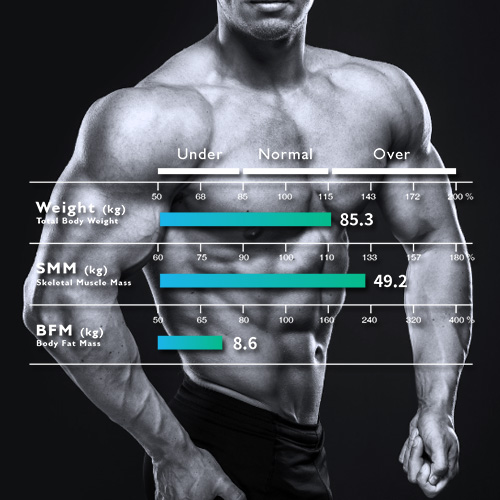Does it matter when you measure?

Measurement guidelines for Bioelectrical Impedance Analysis (BIA) devices will always recommend that you try to measure at a consistent time of day. Why is this the case, and does it really make a meaningful difference?
In this article published in the European Journal of Clinical Nutrition, researchers measured subjects every 3 hours; at 9AM, 12PM, 3PM, and 6PM. Bioelectrical Impedance was measured using a 50kHz frequency, which is one of the most common frequencies used for measurement due to its stability and widespread acceptance. Three different types of impedance (Z) measurement were collected: Hand-to-Hand (ZH-H), Foot-to-Foot (ZF-F), and Hand-to-Foot (ZH-F).
Researchers standardized measurement protocol to reduce the effect of variables, such as serving breakfast before 7AM, and lunch after measurement at 12PM. Body weight still fluctuated slightly throughout the day, which is to be expected.

Hand-to-Hand impedance (ZH-H) increased throughout the day, while Foot-to-Foot impedance (ZF-F) was the opposite, decreasing throughout the day. Hand-to-Foot impedance (ZH-F) remained relatively stable.
What might be some reasons for this phenomenon?
One possible reason may be gradual change in body water distribution from the upper to lower body due to gravity. When using a foot-to-foot BIA device (as is typical for most consumer models), this difference in impedance will be more noticeable than it might be for a whole-body segmental professional device. However, because professional devices also utilize hand-to-hand and foot-to-foot impedance results, it is still important to remain consistent as possible in measurement time to reduce the influence on body composition calculations.




